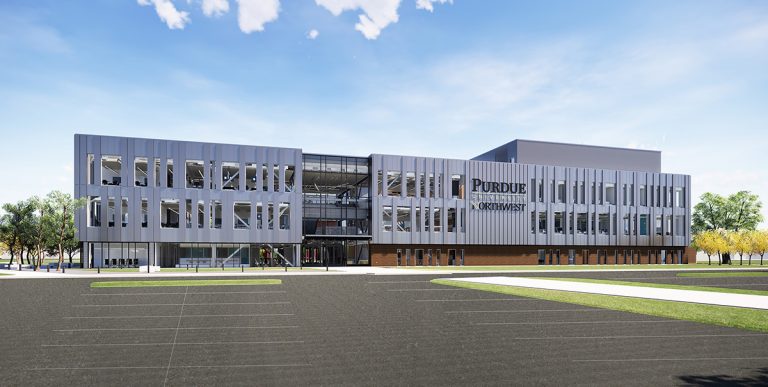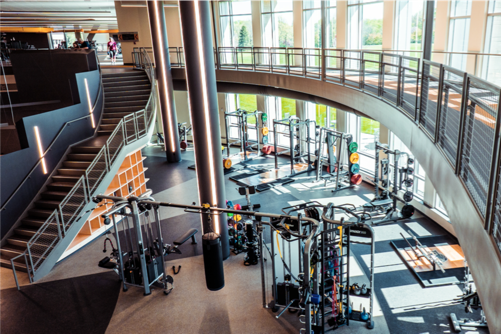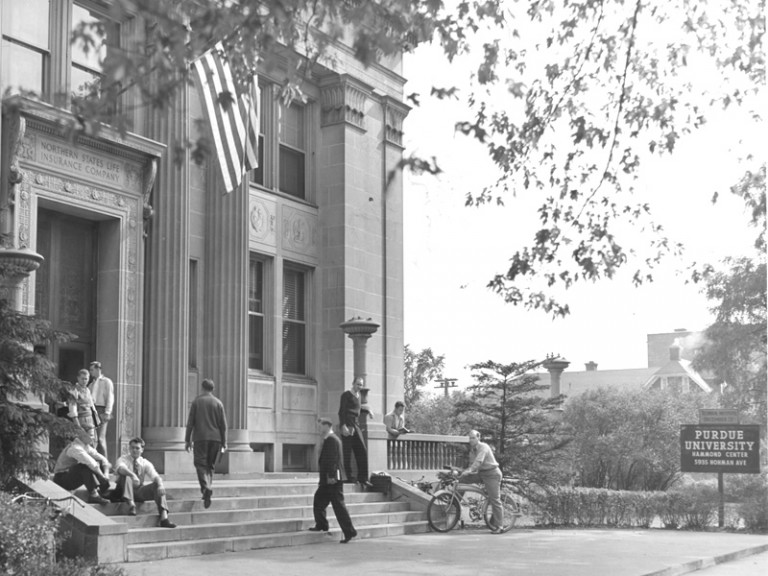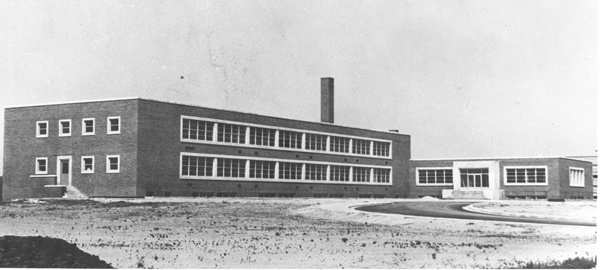Days of Discovery: Keynote Speaker
One university with two campuses, Purdue University Northwest offers innovative education to students of northwest Indiana and beyond.
A Proud History, A Promising Future
Balancing an urban and rural setting, PNW offers one-of-a-kind proximity to active manufacturing, relaxing lakefront, and the nearby opportunities of Chicago.
A Look at Leadership
Thomas L. Keon, Ph.D., serves as chancellor of Purdue University Northwest. An accountant by training and a supporter of civic engagement and the arts by design, Chancellor Keon previously served as Chancellor of Purdue Calumet. He seeks to equip students with training for successful careers as well as a deep appreciation for the responsibilities of citizenship.
Welcoming Gabis Arboretum

Winter sun shines at Gabis Arboretum
In February 2018, Purdue University Northwest acquired the 300-acre Taltree Arboretum & Gardens in Valparaiso, Indiana through a donation of the $12 million preserve by founders Damien and Rita Gabis and the Taltree board of directors. The largest gift in the history of PNW, the renamed Gabis Arboretum provides educational and research opportunities for people throughout Northwest Indiana and beyond with more than six miles of hiking trails, formal gardens and a unique collection of oak species.
Bioscience Innovation Building

Rendering of the Bioscience Innovation Building on PNW’s Hammond Campus
On August 23, 2018, ground was officially broken on PNW’s Hammond Campus for a $40 million Bioscience Innovation Building. The facility will be a shared space for nursing and biology programs, cementing PNW’s place as a regional economic driver and innovator in healthcare and biology. A new hub for cutting-edge research and advanced STEM opportunities in Northwest Indiana, the 68,000 square foot state-of-the-art facility is expected to be completed by spring 2020.
Learn More about the Bioscience Innovation Building

PNW Athletics
Purdue University Northwest competes at the NCAA Division II level in 13 men’s and women’s sports as part of the Great Lakes Intercollegiate Athletic Conference. Nicknamed the Pride, PNW’s athletic teams are represented by mascot Leo the Lion.
Two Campuses – One Rich History Since 1946
Both Purdue Hammond and Purdue Westville have been making history in the Northwest Indiana region since 1946. Before we unified to create Purdue Northwest, Purdue Calumet and Purdue North Central each had 70 years of growth and accomplishments, which we share below:
Purdue Calumet – Established 1946

Hammond Technical Institute, 1946
The demands of World War II prompted the birth of Purdue University Calumet. Technical classes were offered to Calumet Region plant workers as part of a national defense training program in cooperation with the federal government.
When the war ended in 1945, Purdue decided to continue its presence in Northwest Indiana, with a university extension operation.
Purdue credit courses were introduced Feb. 25, 1946, with classes held at various locations across the Region.
First Campus Building

Center Building (now Gyte), 1951
With generous support of local business, industry and citizens, a 40-acre parcel of land in south Hammond’s Woodmar neighborhood was purchased for campus development. By late 1951, Purdue had moved into a permanent Calumet home. The structure, originally called the “Center Building,” would come to be renamed the Gyte Science Building years later, after the first director of the Calumet facility, Millard Gyte. Meantime, the opening of the structure signaled the beginning of the Purdue University Calumet Center era.
Additional Buildings and Campus Advancement
After being redefined as a regional campus in 1962, the Calumet Region Purdue was renamed the Purdue University Calumet Campus.
The E.D. Anderson Building (ANDR), named for the chairman of the Hammond Chamber of Commerce committee that offered Purdue the site on which to develop the Calumet campus, was dedicated in 1969. The three-story brick structure at the campus’ northwest corner added a variety of laboratories, workshops, a demonstration classroom, a closed circuit television system, and 60 faculty offices. After years of offering two-year associate degrees, Purdue Calumet graduated its first class of baccalaureate degree students in 1967.
The 1970s proved to be a decade of great campus growth. In 1970, the 30,000 square foot, $1.5 million Andrey A. Potter Laboratory Building opened, named in honor of a long-term Purdue West Lafayette dean of Engineering and advocate of technical education. A year later, the Student-Faculty Library Center opened (now known as the Student Union & Library). The $6 million, 155,000 square foot structure housed a new library, student center, bookstore, offices, classrooms, and a multi-purpose room; it transformed campus life. The spring of 1973 brought the completion of a $3.2 million, 54,000 square foot structure that would come to be known as Lawshe Hall (LAWS), the campus’ administration and enrollment management center.
Another milestone was achieved in 1979 when the campus became recognized as a regional university and designated Purdue University Calumet.
The purchase from the School City of Hammond of the former Porter Elementary School was completed in 1980, and for years Porter Hall housed many departments and offices. In 1991, it underwent a major rehabilitation and interior redesign to accommodate communication and behavioral sciences programs. In 1989, the opening of the newly-constructed $4.5 million Donald S. Powers Computer Education Building signaled a significant commitment to technological education in Northwest Indiana.
After Purdue Calumet celebrated its 50th anniversary in 1996, the growing university’s need for more instructional and faculty space prompted construction in 1998 of the $17.2 million Classroom Office Building (CLO), Purdue Calumet’s 13th campus structure.
Purdue Calumet became a residential campus in 2005 with the construction of University Village Phase I, a $16.5 million apartment-style complex with accommodations for 376 students.
During the first decade and beyond of the 21stcentury, cultivation of an appealing, engaged learning environment and campus community became a priority as Indiana’s higher education system challenged Purdue Calumet and other regional universities to graduate more baccalaureate and master’s level students. In response, Purdue Calumet raised its bar as a student-centered, destination university. It took innovative steps, such as implementing experiential learning as a baccalaureate graduation requirement, and it developed strategies to attract and retain qualified, successful students committed to earning their degree at the Hammond campus. Purdue Calumet awarded its 50,000th degree in 2014.
By engaging faculty expertise, introducing research centers and institutes, and developing cutting edge off-campus facilities, such as its Commercialization and Manufacturing Excellence Center (2015), Purdue Calumet took steps committed to becoming a valuable resource and leader in advancing Northwest Indiana.